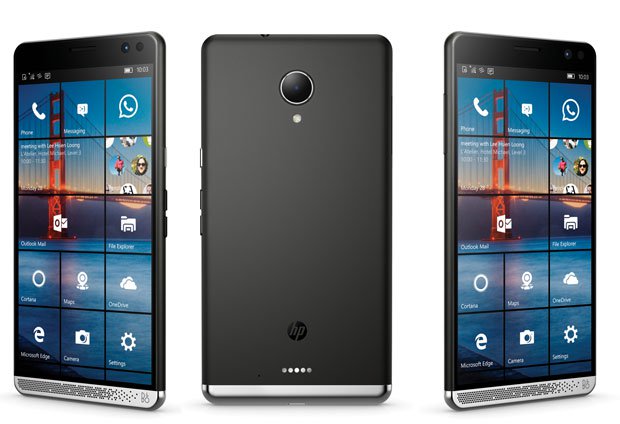HP Elite X3 Windows 10 Mobile Flagship's U.S. Release Delayed Until September 26th
If you’ve been itchin’ to get your fingers on Hewlett-Packard’s brand new Elite X3 Windows 10 Mobile flagship, you’re going to have to wait a little while longer. According to the product listing on the Microsoft Store, the shipping date for the Elite X3 has been delayed two weeks to September 16th.
The Elite X3 is by far the most powerful and feature-packed Windows 10 Mobile device to be released to the market. It’s also the most expensive, ringing in at $699 by itself and $799 with the Desk Dock bundle. For example, Microsoft’s flagship Qualcomm Snapdragon 810-powered Lumia 950 XL is priced at $499 and (for now) includes a free Display Dock.

As we’ve reported previously, here’s a rundown of the Elite X3’s most pertinent specs:
- 5.96-inch WQHD AMOLED display
- Qualcomm Snapdragon 820 processor
- 4GB RAM
- 64GB internal storage
- microSD slot that supports up to 2TB
- 16MP main camera, 8MP front camera, Iris camera
- 802.11ac Wi-Fi, Bluetooth 4.0, LTE-A, NFC
- 4150 mAh battery with Quick Charge 3.0 support
- USB-C
It should also be noted that the Elite X3 features a rear-mounted fingerprint reader, however, it is not currently enabled in software. The smartphone also supports IP67 dust and water resistance along with MIL STD 810G rating, but neither of those specs have been officially verified by third-parties (so that HP can officially tout those features).

It’s unknown if the two-week delay is meant as a buffer to get these issues resolved or if HP is just having some issues with early production. Whatever the case, be forewarned that the Elite X3 will only work with GSM carriers like AT&T and T-Mobile — that means those of you rockin’ out on Sprint or Verizon Wireless are out of luck.
Whatever the case, there probably won’t be too much of a rush to hop on the Elite X3 bandwagon, as recent reports show that Windows Phone/Windows 10 Mobile devices accounted for just a 0.6 percent share of the global smartphone market during Q1 2016.

